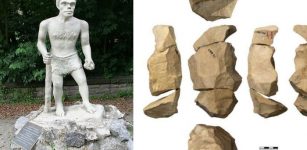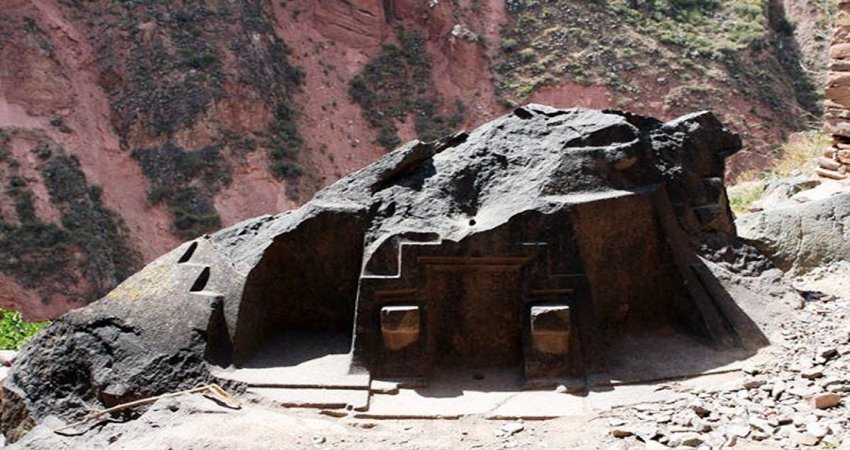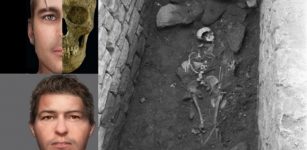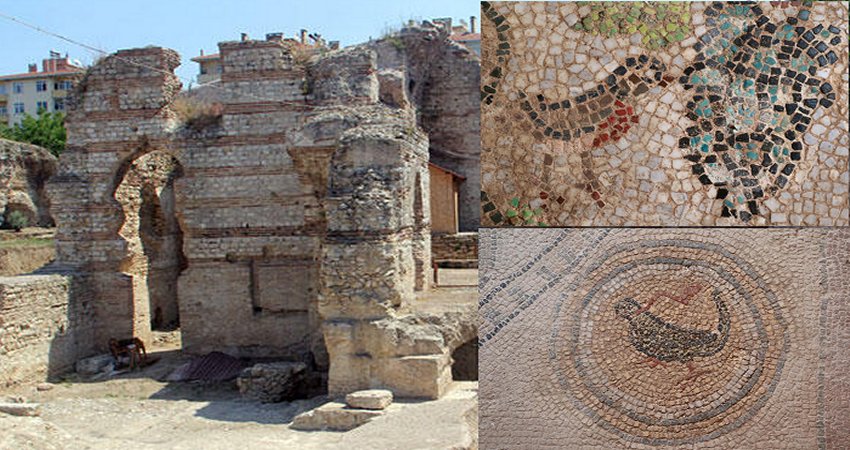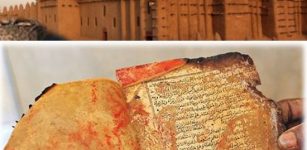Prehistoric Surgery: Skull Operations Technically Superior To Our Own
MessageToEagle.com – Prehistoric cultures often benefited from the knowledge of unknown very advanced technologically civilizations they co-existed with.
A number of discoveries made around the world indicate that sophisticated surgeries was very often performed in prehistoric times.
Impressive surgical achievements were recorded in several parts of the world and revealed extraordinary skills in head surgery.
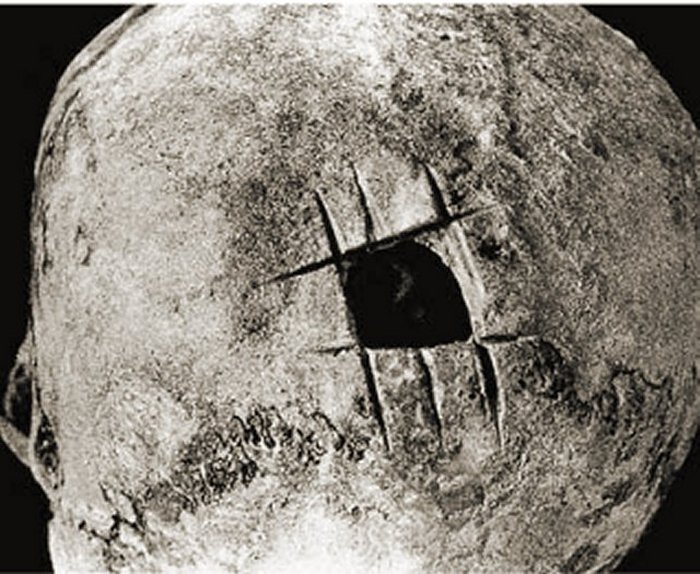
Trepanation is considered the oldest surgical procedure supported by archaeological evidence.
Zawi Chemi Shanidar, a unique archaeological site situated in the Zagros Mountains, northern Iraq, was inhabited approximately between 10,000-9,000 BC and many artifacts such as such as the chipped stone tools, notched blades, scrapers, bored stone spheres, small quantities of raw copper along with pits and pavements have been found at the site.
Additionally, there was also found an old cemetery with thirty two persons in 27 graves, most of them, children, has also been discovered. Some of the skulls found in the cemetery bear traces of trepanation. (Ferembach D. (1970), ‘Etude anthropologique des ossements humains, Proto-neolithiques de Zawi Chemi Shanidar (Irak), Suner 26: 21-65)
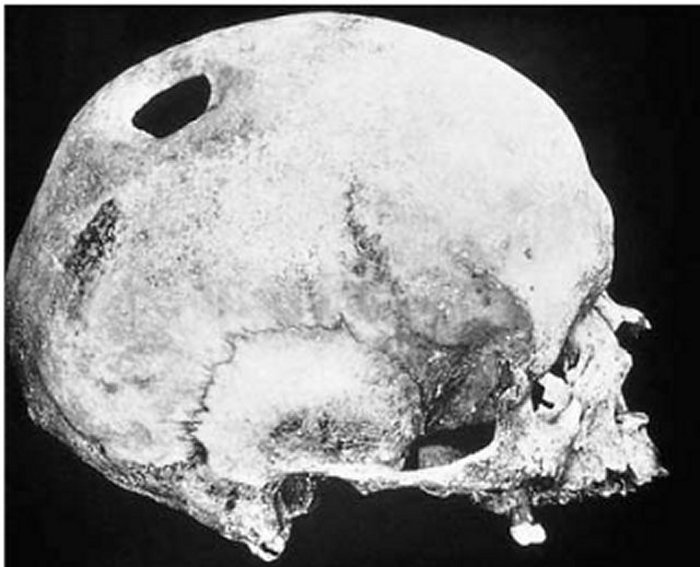
Skeletal remains with a few skull traces of trepanation have been unearthed in the Neolithic or (“New” Stone Age) village of Dentergem, (West Flanders, Belgium) The operation was performed in vivo and the patients survived the surgery.
At one of the French burial sites dated to 6500 BC, one hundred twenty skulls were unearthed and as many as forty of them had traces of trepanation.
In 1865, when a general practitioner, Dr Prunires, who was also an amateur archaeologist, discovered in a prehistoric stone tomb in Central France a skull which bore a large artificial opening on its posterior aspect. With it, he found a number of irregular pieces of bone, which might have been cut from another skull.
There is also an evidence of trepanation performed on a man who lived 4,000 years ago in Bronze Age in Britain. It is one of Britain’s earliest forms of brain surgery and about 40 trepanned skulls have been found in Britain until now.
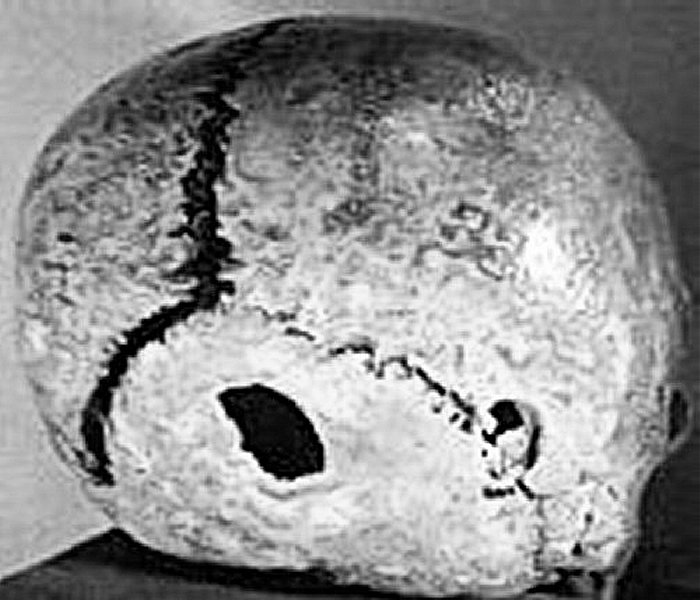
The oldest of them is about 5,000 years old. The ancient skull, for example, found in October, 2006 in the River Thames in London, has a 4.5-centimetre by three-centimetre hole in the top. The surgery was performed in vivo and according to radiocarbon dating measurements, the skull belonged to a man in age between 25 to 35 years, who lived between 1750 to 1610 BC,.
The patient survived the operation.
It seems that Britain’s doctors specializing in surgery were highly skilled and possessed a significant knowledge of anatomy and medical techniques as well.
The ancient archaeological site of Ishtikunuy, located near Lake Sevan in Armenia, southern Caucasus, was once inhabited by the Caucasians, known as the Khurits, a prehistoric people who lived there prior to 2000 BC.
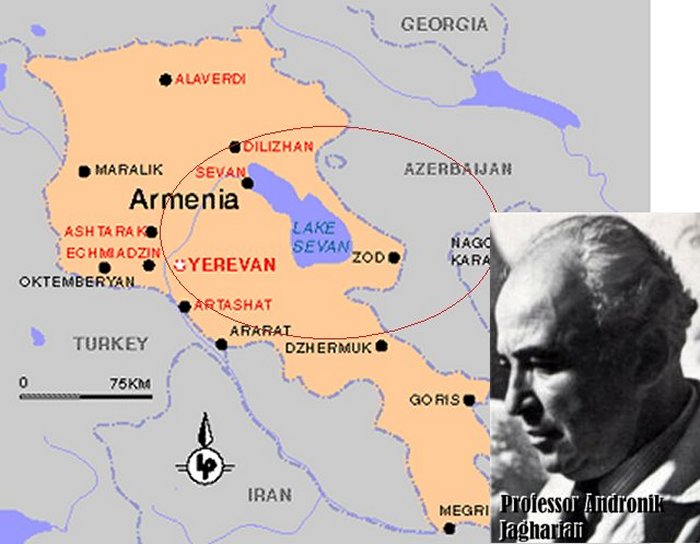
Unknown surgeons inserted a plug of animal bone, and the woman survived and her own cranial bone successfully grew around the inserted plug.
Not much is left of them. However, archaeological diggings revealed two interesting skulls, which particularly attracted the attention of Androni Jagharian, anthopologist and director of operative surgery division of the Erivan Medical Institute in Armenia.
His thorough examination revealed that two of the skulls bore traces of head surgery performed by unknown, but extremely skilled practisioners, we read in Rene Noorbergen’s book ‘Secrets of the Lost Races’.
The first skull belonged to a woman who died at approximately age of thirty-five. In her youth, the woman had suffered a head injury, which caused a hole one-quarter inch in size in her head causing a serious injury of the head tissue.
Unknown surgeons inserted a plug of animal bone, and the woman survived and her own cranial bone successfully grew around the inserted plug.
The second skull of a woman, who died in approximate age of forty, presented evidence of yet another complicated surgery. Her skull was punctured due to a blow caused by a blunt object approximately an inch in diameter. Surgical masters cut a larger hole around the puncture and removed the splinters. This extremely difficult prehistoric operation ended in success.
The woman survived the surgery for fifteen years. It took place 4,000 years ago.
At the examined site, 4,000 years old obsidian razors were unearthed. They were still so sharp they could be used even today.
“…Considering the ancient tools the doctors had to work with, I would say they were technologically superior to modern-day surgeons,” Professor Jagharian said.
An unknown civilization did give the prehistoric practitioners an extraordinary knowledge.
Copyright © MessageToEagle.com. All rights reserved. This material may not be published, broadcast, rewritten or redistributed in whole or part without the express written permission of MessageToEagle.com.

